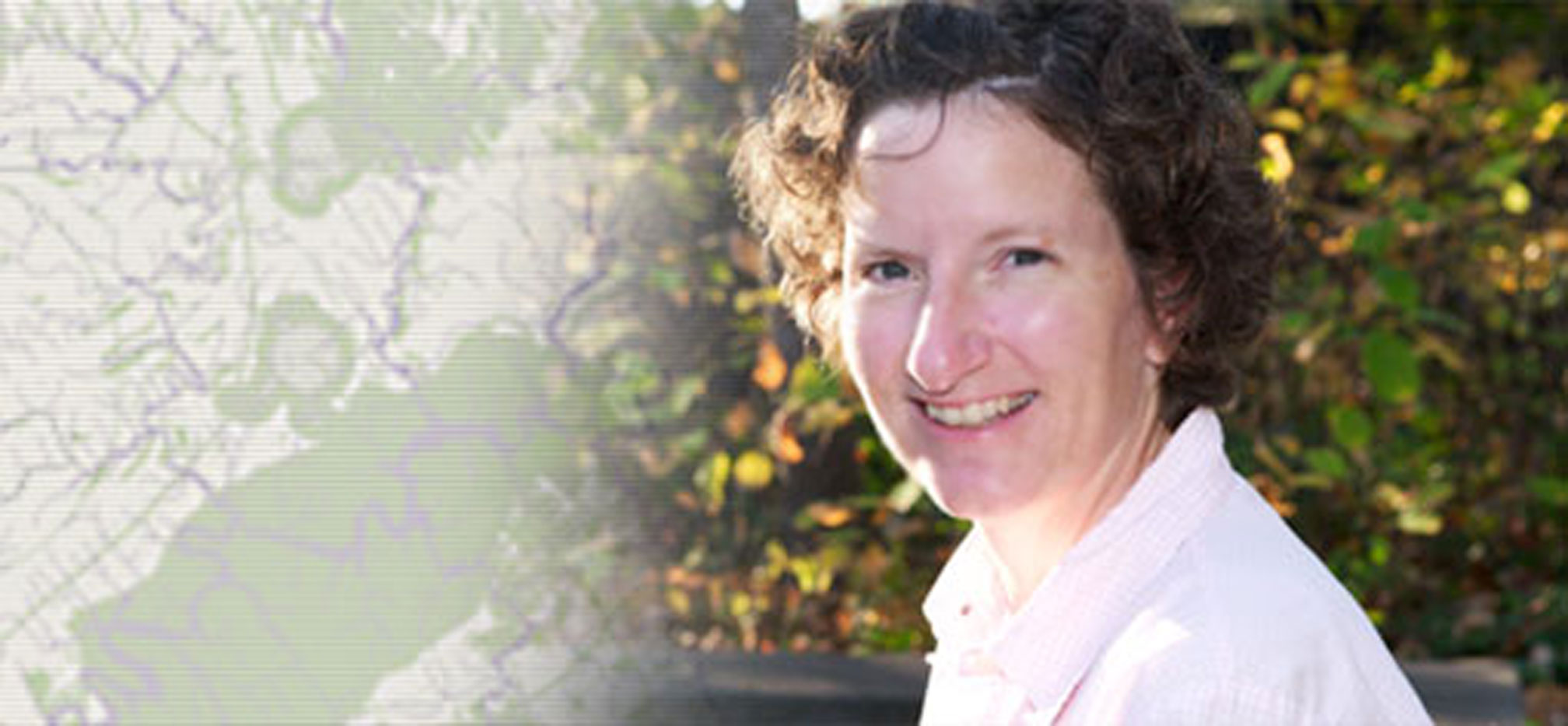A recent UGA study revealed that environmental protection equals additional property tax revenue-good news for local governments looking to preserve greenspace.
The study, conducted by UGA’s Institute of Ecology, looked at a variety of greenspace types, including bike and pedestrian trails, parks, tree-protected neighborhoods and lands adjacent to streams protected by Part V of the Georgia Planning Act. It found that, in general, property values rise as a result of proximity to protected greenspace.
The areas studied included Sandy Creek Park in Athens-Clarke County, the Silver Comet Trail in Cobb County and properties impacted by either Fulton County’s tree protection ordinance or Habersham County’s riparian (stream) buffer law. Houses within 1,500 feet of wildlife habitats were found to generate from $70 to as much as $1,566 more per year in tax revenue than similar homes not adjoining such areas.
Such income could offset the loss in local revenue normally associated with protected areas, said the study’s author, Nanette Nelson, because such lands are often tax exempt or taxed at a lower rate. With this kind of information, local governments that rely on property tax revenue might think twice before developing “unused” land, especially since residential developments, on average, do not generate as much in revenue as they require in services, added Nelson, an economist and policy analyst at the Institute.
“Governments also don’t consider the indirect revenue that protected areas can generate,” said Nelson, citing recreational, restaurant and other consumer businesses that prosper near protected greenspaces. “It would be useful to see if that income differs significantly from nonprotected areas.”


